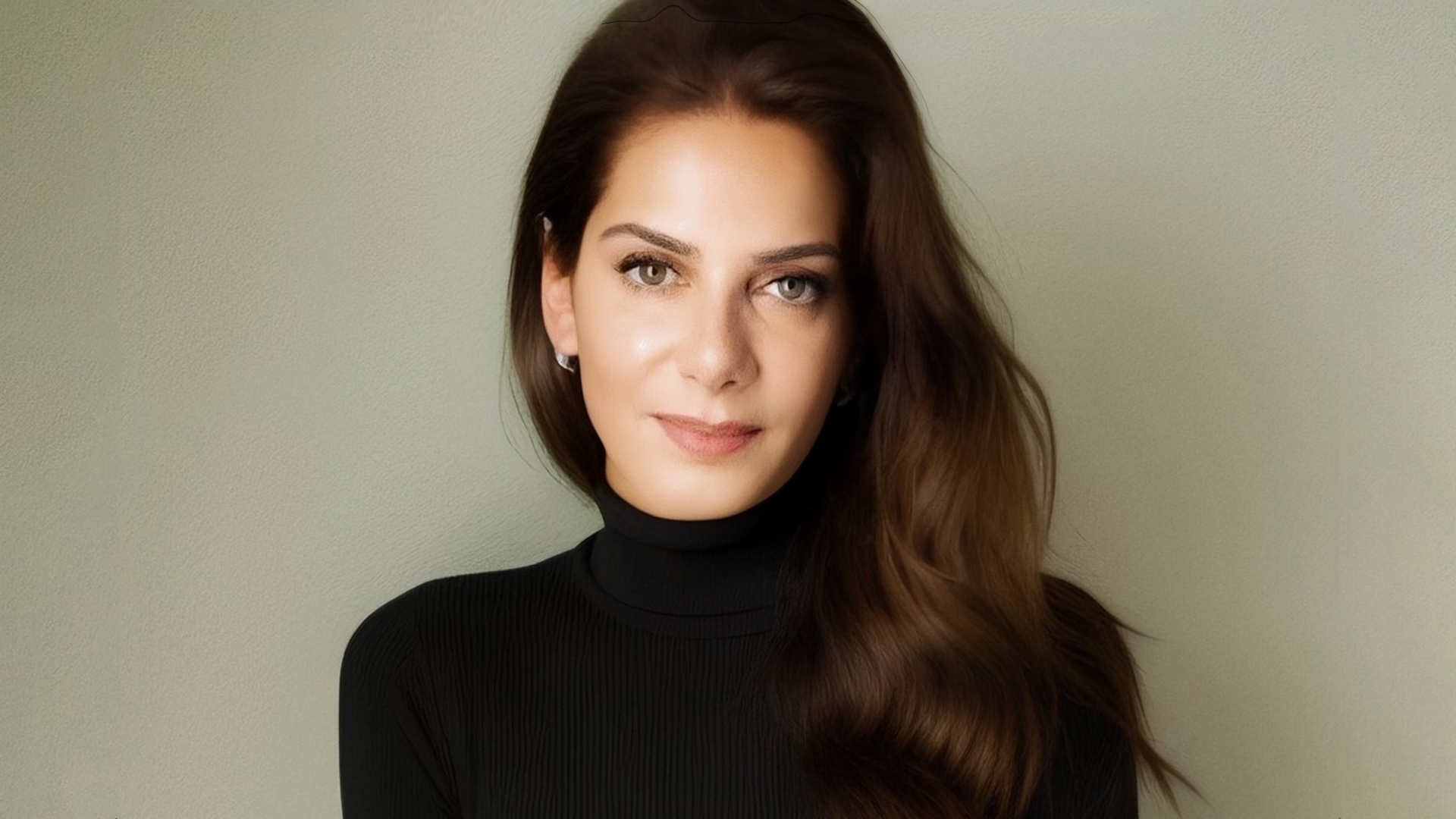Francesco Trapani, CEO of LVMH Watch & Jewellery, explains why it is becoming progressively more & more difficult to stand out in the luxury sector

Francesco Trapani, CEO of LVMH Watch & Jewellery, explains why it is becoming progressively more & more difficult to stand out in the luxury sector
Francesco Trapani, CEO of LVMH Watch & Jewellery, explains why it is becoming progressively more & more difficult to stand out in the luxury sector.
One of the biggest news items of 2011 in the luxury industry, was the announcement that LVMH was to acquire Bulgari SpA in an all-share deal valued at €4.3 billion – the most LVMH had offered for any of its stable of prestigious brands.
At the heart of the deal was then CEO Francesco Trapani, the great grandson of Sotirio Bulgari, who founded the eponymous brand in 1884. Under Mr. Trapani’s leadership, the Bulgari brand diversified into watches, perfumes, leather goods and accessories, eventually partnering with Marriott to launch Bulgari branded hotels.
Mr. Trapani was also responsible for taking the company public in 1995, where shares in the company listed on the Borsa Italiana sold out in two days. Since the LVMH takeover – which netted the Bulgari family 3% of LVMH – Francesco Trapani has been appointed president of the LVMH Watches & Jewellery division and a member of the Board of Directors and Executive Committee of LVMH
Douglas Gollan, Editor-in-Chief of Elite Traveler, flew to Rome to sit down with Mr. Trapani and reflect on his time at Bulgari, and where LVMH Watch & Jewellery may take him in the future.
“ I speak the same language of “my people.” I know what they do and the challenges they face ”
On Bulgari
“Before being the CEO of the [LVMH] division I was, for many years, the CEO of a single brand [Bulgari]. And I was able to develop that brand aggressively, which is good because today I speak the same language of “my people.” I know what they do and the challenges they face, so it has helped me to create a positive relationship with the CEOs of the brands and, therefore, a strong team that understands each other.”
“Of course, my job today has totally changed as it is one thing to be the CEO of a brand and entirely another thing to be part of a big corporation. The experience is new for me, and since I get to work for an incredible company like LVMH, I have enjoyed it even more than I originally thought. Being the protagonist of this business is very exciting.”

Bulgari Hotel Bali, Indonesia
On LVMH
“My responsibility is to oversee all the companies that feature jewellery and watches as their core business; Bulgari, De Beers, Chaumet and FRED, and on the watch side Tag Heuer, Zenith and Hublot watches.”
“My first objective is to help them grow while reinforcing each brand’s image profile within their competitive position. The second, which is also very strategic, is to help the watches and jewellery division to reinforce its industrial position.”
“We have strived to become increasingly independent from outside suppliers for our jewellery and watches, and a lot has been done, but there is certainly more to do in the future. This is something that helps us coordinate the different brands so that the investments and profits don’t belong to one brand, but instead the whole division.”
“Now and then we give one brand permission to make an investment, but that investment will be distributed to the entire division. This is the only way to make the business model work in a profitable way because not all our brands can afford to make the same investments.”
“ We have strived to become increasingly independent from outside suppliers for our jewellery and watches ”
On the Sale
“I think you need to be sure of your abilities and qualities – because you were able to develop a successful business – but at the same time don’t be arrogant because there are certain things you can’t learn while isolated at a small company that you suddenly learn by becoming part of a larger team.”
“If I look at myself, I contribute a lot to the division because I have experience with the industry, but I am also receiving a lot because we work with beautiful watch companies and because the entire LVMH group is full of talented people. This gives me the opportunity to talk about projects and plans that may not be specifically related to watches and jewellery.”
“It’s important to enter the new experience with a combination of confidence and open-mindedness so you can bring new things to the table while also learning from others. Here you are always enriching yourself through exposure to the different business details of different brands, markets and industries.”
“This increases your overall capacity for information because your frame of mind is larger than before. More important than specifics, is the fact that you are now swimming in richer water than before, allowing you to move faster and float better.”

Hublot Big Bang King Power
On the Market
“The last two years have been very good for luxury business in general, partly because we were coming out of the 2009 economic crisis, and that made everything easier, and appear better, by comparison, and also because the Chinese entered the luxury market in a very, should we say, flamboyant way. It is becoming progressively more difficult to stand out now, however, for the opposite reasons.”
“Now the base of comparison is high, and the economic environment has become more difficult, with European debts, a slowly growing U.S. economy and a Chinese change in power all impacting the market. I’m still optimistic about next year, but we cannot expect to achieve the same growth as we did in 2010, 2011 and the first part of 2012.”
“If you look at watches, the most expensive are the least effected by the economy. Once you go over €8,000 ($10,500) you an enter an area that has been less affected by the economy – though that market has still been affected in China as they had added stress in that area to begin with.”
“ We cannot expect to achieve the same growth as we did in 2010, 2011 & the first part of 2012 ”
On Category Expansion
“I think that expanded product lines and distribution networks don’t necessarily damage a brand; it just depends on how you execute things. If you develop a seven-fold tie, and at the end of the day it is the best and most expensive tie on the market, it is just different than if you were making an inexpensive, everyday tie.”
“Overall, I think Bulgari has been pretty good at balancing their products because each time we expanded into new categories and introduced new products—though we made a few mistakes—we tried to do so in an outstanding way. On the other side, our willingness to invest in the upper end of the market allowed us to maintain a strong position in this area, whether in watches, jewellery, accessories, or another major category.”

Chaumet campaign
On the Travelling Luxury Consumer
“Travellers are a big component of our business because when people travel they are inclined to spend some of their time shopping. The second thing is that the higher you go on the social pyramid, the more similar individual profiles become.”
“This means when you go to sell fine jewellery, you can sell the same products to the French, the Chinese, the Italians, the French, the Americans, and the Japanese, because, at the end of the day, these people are more or less the same. When you’re selling something like perfume, however, as you move down the social pyramid, locale becomes more important because people become increasingly different.”
“ I think that expanded products & distribution don’t necessarily damage a brand; it just depends how you execute ”
On the Future
“We have announced our new Bulgari Hotel property in Shanghai, which will open in the beginning of 2015, making it our fourth hotel. We will also be announcing our fifth property, which I can’t talk about yet; I can discuss it sometime next year.”
“There is always the time to retire, but I still think I can add something positive to this industry, so I am still willing and happy to be working with LVMH.”
For more in our series of conversations with Luxury Leaders, please see our most recent editions as follows:
– In Conversation with Herve Humler, President, Ritz-Carlton Hotels
– In Conversation with Luc Perramond, CEO, La Montre Hermès
– In Conversation with Remo Ruffini, Moncler










